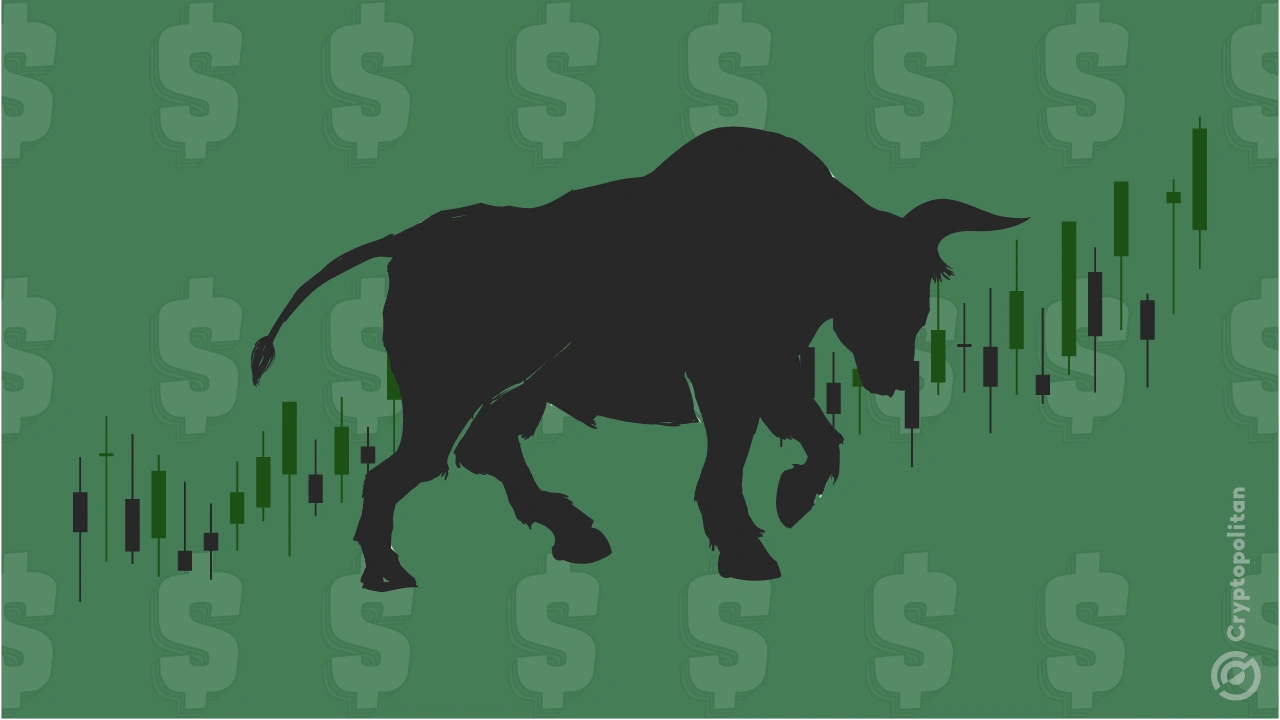Wall Street leads the charge of global stocks riding the Trump wave markets hit levels last seen in May. November has been a strong month for the MSCI’s global stock index, up 3.2%. The S&P 500 added 5.1%, fueled by optimism surrounding Trump’s policies and the ongoing artificial intelligence (AI) boom. Futures suggest even more gains as the market opens, with an anticipated 0.3% rise.
European and Asian markets are showing mixed results. Europe’s STOXX index is barely holding monthly gains, while Asia continues to sink under the weight of export fears tied to Trump’s proposed tariffs.
U.S. stocks, however, are racing ahead, driven by expectations of economic resilience and promises of tax cuts and deregulation.
Trump tariffs shake global trade
The markets are reacting strongly to Trump’s promise to impose a 25% tariff on all imports from Mexico and Canada and a 10% tariff on goods from China. These tariffs, set to start in January, have rattled Asian economies that rely on trade with the U.S.
Indonesia’s stock index dropped 5% in November, its worst performance since 2020. South Korea marked its fifth straight month of losses, down 3.9%, making it the country’s longest losing streak in over three years.
Trump’s tariffs are expected to hit Germany and other export-heavy economies in the eurozone, adding pressure to an already fragile European market. Meanwhile, American investors are increasingly focused on U.S. industries, especially tech companies benefiting from the AI revolution. Nvidia, a leading chipmaker, is among the favorites for further gains.
Christopher Rossbach, Chief Investment Officer at J.Stern & Co, pointed to the U.S. economy’s resilience, stating, “Employment is strong, inflation is easing, and interest rates are beginning to decline.”
The market’s bullish sentiment reflects growing confidence that Wall Street will outperform global peers in the months ahead.
European instability fuels bond moves
Europe’s economic challenges are piling up. The euro has fallen more than 3% against the dollar in November, trading at $1.058. European Central Bank (ECB) rate cuts are widely expected in December, with traders pricing in a 25-basis-point reduction to 3%. However, hawkish comments from ECB board member Isabel Schnabel have dampened speculation of a deeper 50-basis-point cut, creating uncertainty in the market.
German government bond yields have dropped for four consecutive weeks. The 10-year yield fell 27 basis points in November to 2.113%, widening the gap with French yields. France’s borrowing costs are now just shy of Greece’s, with its 10-year yield at 2.96%.
Political turmoil is making things worse, with President Emmanuel Macron’s coalition facing threats from far-right leader Marine Le Pen. The yield spread between French and German bonds has jumped from 48 basis points in June to 83 basis points this week, reflecting investor concern over France’s fragile political landscape.
While Europe struggles, U.S. Treasury yields have dropped too, easing to 4.24%, down 17 basis points this week. Trump’s nomination of Scott Bessent, a hedge fund manager, as Treasury Secretary has helped calm fears about fiscal uncertainty. Markets are still pricing in a 25-basis-point Federal Reserve rate cut next month, which would bring the funds rate down from its current 4.5%-4.75% range. However, Fed officials remain cautious about inflation risks tied to Trump’s tariffs.
Currency and commodity volatility
The yen is showing strength, hitting its best week in four months, trading at 150.15 per dollar. Strong inflation data from Tokyo is driving speculation that the Bank of Japan may finally raise interest rates. Meanwhile, the dollar has slipped against major peers, losing 1.5% this week, but analysts expect currency volatility to continue as markets weigh Trump’s policies and global central bank moves.
Commodities are also in flux. Brent crude oil is trading at $72.13 per barrel, down 0.4% on the day and more than 3% this week. A ceasefire deal between Israel and Hezbollah has eased fears of supply disruptions, driving prices lower. Gold followed a similar trend, dropping 0.5% to $2,655 an ounce as risk appetite returned to global markets.
Europe’s outlook remains clouded by political and economic challenges. France’s government struggles to push through tax hikes and budget cuts amid threats from Le Pen to dismantle Macron’s coalition. Investors are bracing for more volatility as the ECB prepares its next move. In the U.S., Wall Street looks poised to extend its lead, with strong economic data and AI-fueled optimism keeping traders bullish.
From Zero to Web3 Pro: Your 90-Day Career Launch Plan





